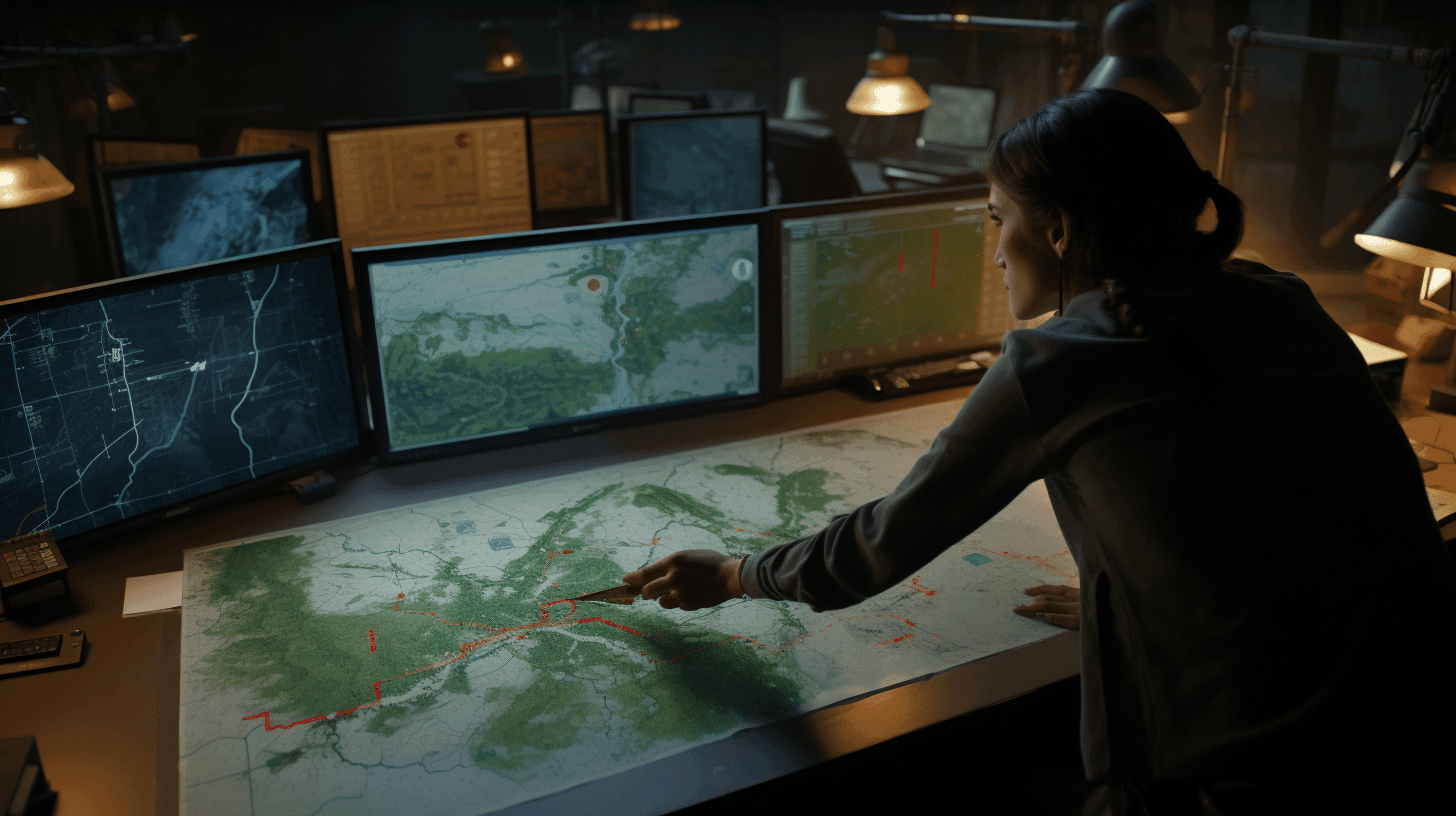From script to set: Analyzing location needs through effective script breakdown
When it comes to the world of film production, one aspect that often goes overlooked is the profound impact of location. From setting the mood to grounding the story in a realistic context, locations play a pivotal role.


In this article, we will unveil the connection between script breakdown and location determination, delving into the process of transforming text into tangible places that breathe life into the narrative.
Importance of location in film production
The importance of locations in film production cannot be overstated. Locations serve as the visual backdrop of a story, offering context and a sense of realism. They help establish the tone, enhance the narrative, and influence the audience's perception. Filmmakers such as David Fincher, known for meticulously selecting locations that complement his storytelling, underline this importance. His 2007 film "Zodiac", for instance, relied heavily on San Francisco's distinctive landscapes to evoke the sense of dread and mystery surrounding the real-life Zodiac Killer's tale.

The role of script breakdown in location scouting
The script breakdown process for locations serves as the essential roadmap in location scouting. It involves identifying and analyzing the location needs specified in the script. From natural settings like a serene lakeside to constructed environments like a bustling cityscape, every location need is thoroughly inspected during the script breakdown. Alfred Hitchcock's masterpiece "Rear Window" (1954) stands as an epitome of meticulous location determination. Despite being shot almost entirely on a constructed set, the film's location, an intimate courtyard in Greenwich Village, was integral to the suspenseful narrative. The meticulous breakdown of the script allowed for the construction of a believable location that became a character in itself.

Factors to consider in determining locations
Script requirements and descriptions
The first step in the script breakdown process for locations is understanding the script's requirements. What kind of locations does the narrative call for? For example, in Francis Ford Coppola's "Apocalypse Now" (1979), the jungles of the Philippines were used to depict the harrowing environment of the Vietnam War. The script required a location that could convincingly represent the war-torn landscape, guiding the team's scouting process.

Budget and logistics
Budget constraints play a vital role in successful location determination in films. Peter Jackson's "The Lord of the Rings" trilogy, shot entirely in New Zealand, exemplifies this. The decision was driven not only by the landscapes' uncanny resemblance to Middle Earth but also by the cost-effective nature of filming in New Zealand compared to other locations.
Permits and legal considerations
Securing permits and navigating legal considerations are also crucial factors in determining film locations. Sofia Coppola's "Lost in Translation" (2003) filmed several scenes in Tokyo's bustling streets, necessitating navigating Japan's filming regulations.

Creative vision and storytelling
Above all, locations must align with the director's creative vision and enhance storytelling. Wes Anderson's "The Grand Budapest Hotel" (2014), shot in Görlitz, Germany, is a prime example. The town's unique architecture perfectly echoed Anderson's quirky and visually distinctive style.

The script breakdown process: Analyzing location needs
Breaking down scenes and settings
Breaking down scenes involves dissecting each one to understand the required settings. For Stanley Kubrick's "The Shining" (1980), the script breakdown revealed a need for an isolated, eerie hotel, leading to the selection of the Timberline Lodge in Oregon for exterior shots.

Identifying specific location requirements
Specific location requirements might involve natural phenomena, unique buildings, or historical landmarks. For instance, the famous climax of Indiana Jones and the "Last Crusade" (1989) required a location resembling the biblical Temple of the Sun, leading the team to select Petra, Jordan.

Collaborating with the Production Team
Close collaboration between the director, cinematographer, production designer, and location manager is crucial. When shooting "La La Land" (2016), director Damien Chazelle and his team strategically chose Los Angeles locations that embodied the romantic yet realistic atmosphere of the film.
Case studies: Examples of successful location determination
Film 1: "Inception" (2010)
Christopher Nolan's "Inception" showcases the power of successful location determination in films. Multiple international locations, including Paris, Tangier, and Tokyo, were carefully chosen to represent the layered dreamscapes of the narrative.

Film 2: "Mad Max: Fury Road" (2015)
In "Mad Max: Fury Road", the Namibian desert was chosen to portray a post-apocalyptic wasteland, highlighting the film's stark and desolate atmosphere.

Film 3: "The Revenant" (2015)
Alejandro González Iñárritu's "The Revenant" needed severe, harsh winter locations to depict the protagonist's grueling journey, which was successfully achieved by filming in remote areas of Canada and Argentina.

Best practices for effective location determination
- Conducting thorough research: Deep research into the script, relevant locations, and practical logistics is vital.
- Engaging with local communities: Local knowledge can be invaluable in finding the perfect location and ensuring smooth operations.
- Considering alternatives and creative solutions: Be open to finding creative solutions, like using sets or digital effects if the ideal location is unattainable.
Conclusion
In conclusion, the script breakdown for location determination is an indispensable part of pre-production, providing a pathway from script to set. Tools like Filmustage allow for creating accurate script breakdowns and adding locations to the shooting schedule by means of Google Maps. By mastering these techniques and understanding the factors in determining film locations, filmmakers can bring their vision to life authentically and convincingly. Master the art of script breakdown with Filmustage and navigate your path to successful filmmaking.
From Breakdown to Budget in Clicks
Save time, cut costs, and let Filmustage’s AI handle the heavy lifting — all in a single day.